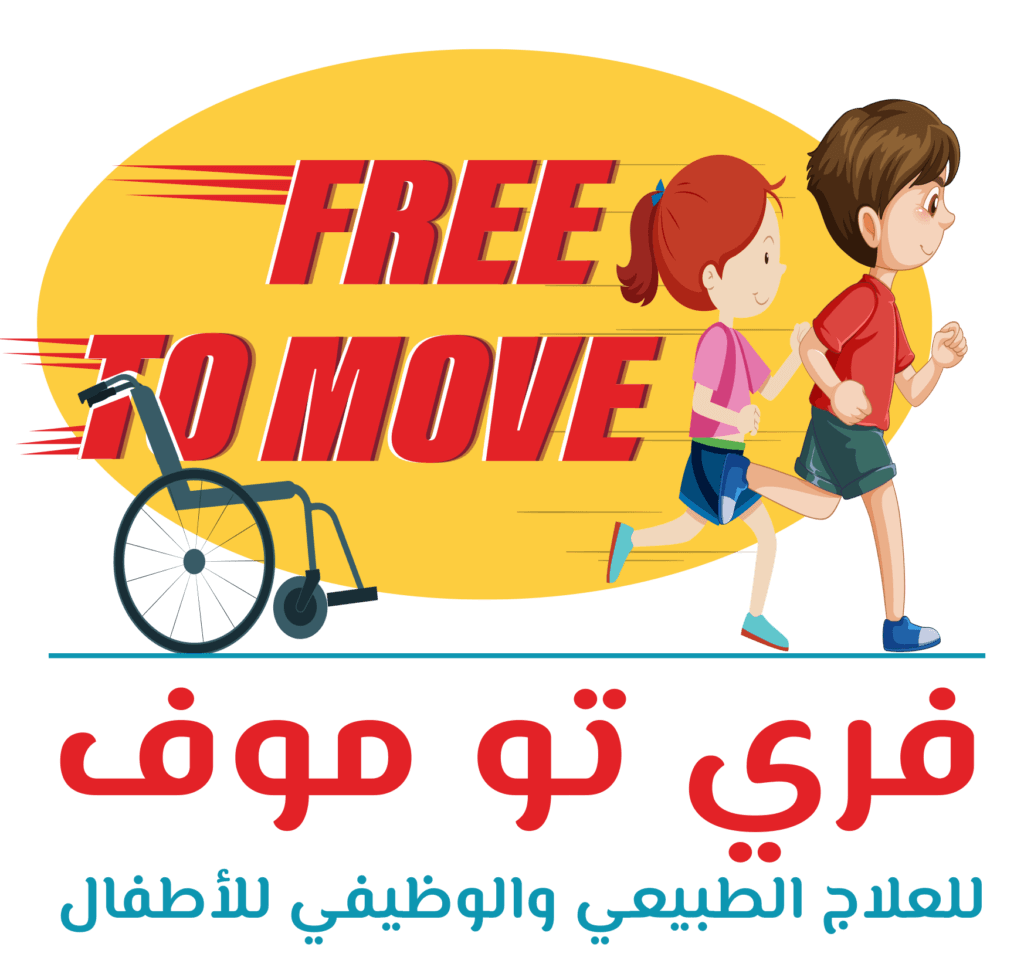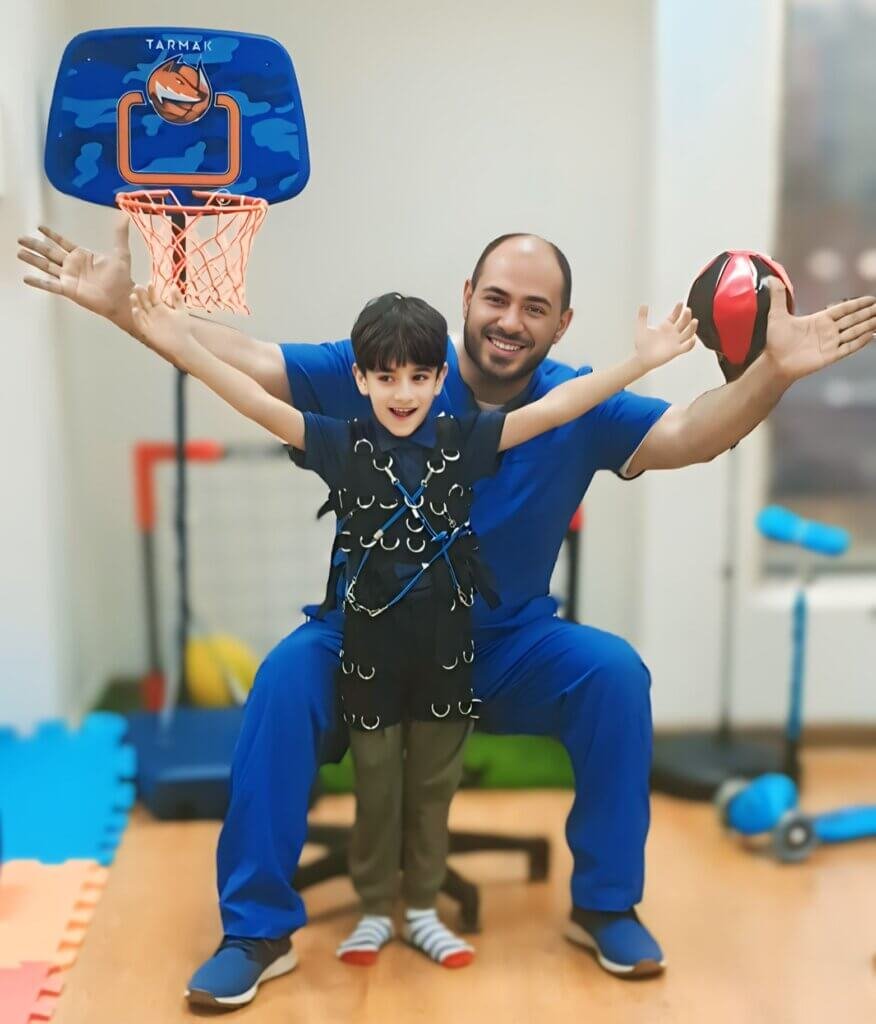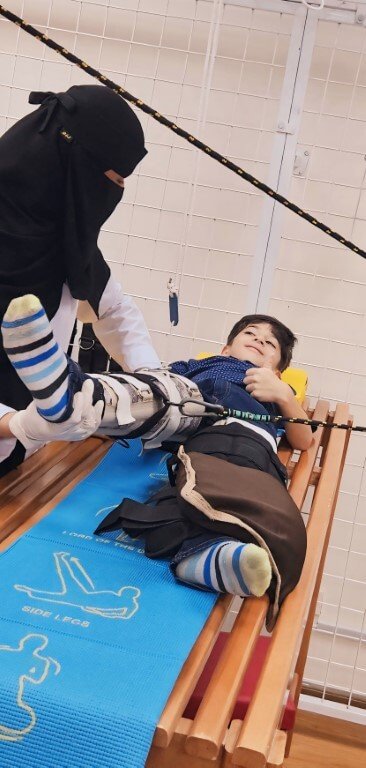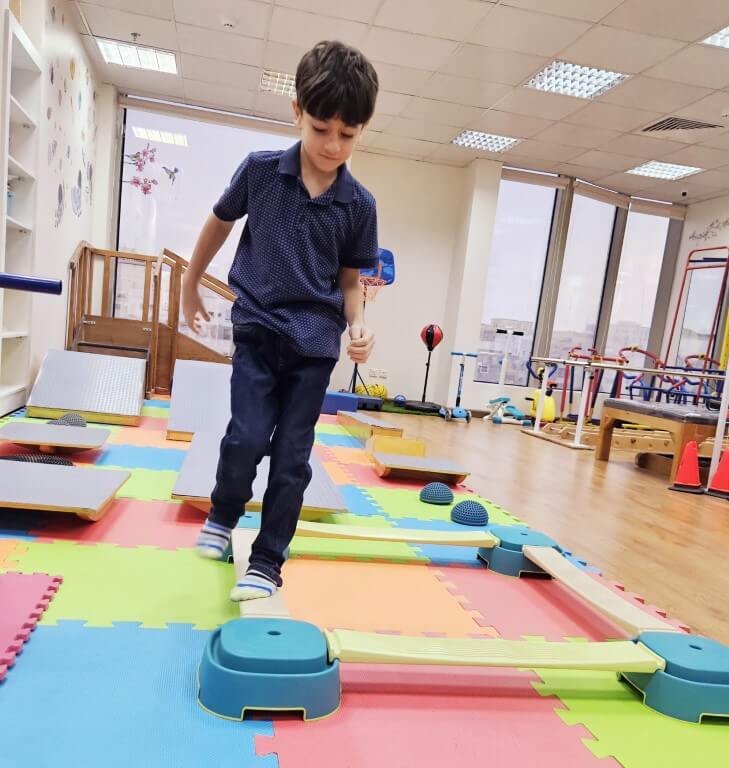
1. Main benefits:
-
- Motor development: The repetitive movements of the device help improve the child's balance and coordination of movements, which enhances self-confidence and reduces the risk of falling.
- Muscle strengthening: The device strengthens the muscles of the back, legs, abdomen and shoulders, which improves the overall strength of the body and helps to stand and walk better.
- Improve range of motion: The device helps increase range of motion in joints, reducing stiffness and improving flexibility.
2. Sensory development:
-
- Sensory perception: Repetitive movements of the device help improve sensory perception, such as the sense of movement, balance, and touch.
- Sensory integration: The device helps integrate different sensory information (visual, auditory, tactile) which enhances awareness of the body and surrounding space.
3. Social and emotional development:
-
- Social Interaction: The device can be used in group therapy sessions, promoting social interaction and cooperation among children.
- Self-confidence: A sense of accomplishment and control over movement helps increase a child's confidence in himself and his abilities.
- Relieve stress and anxiety: The device's gentle, harmonious movements help relieve stress and anxiety and improve mood.
4. The role of children's songs and touch therapy using the interactive screen:
-
- Using music to promote movement: Music can be used to motivate a child to make certain movements, such as raising arms or moving legs.
- Use of touch therapy during movement: The therapist can provide a light massage to the child while he or she is sitting on the device, which increases relaxation and comfort.
Intensive therapy sessions are usually longer and more frequent than regular sessions. A single session may last 1.5 to 2 hours a day, three days a week, up to 4 to 5 sessions a day, 5 days a week, and there may be several combined intensive physical and occupational therapy sessions a week.














